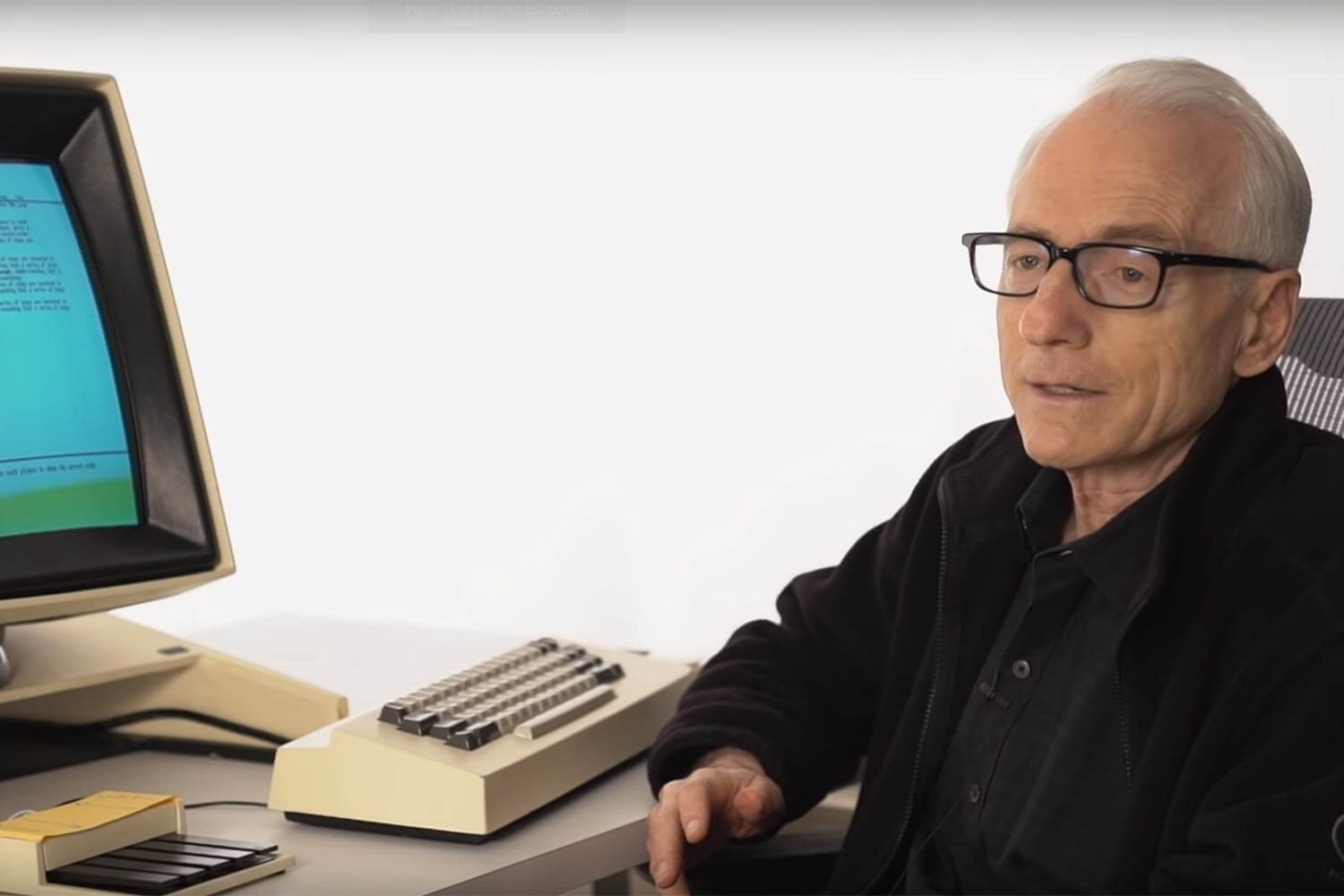Why it matters: There are plenty of iconic figures in the history of computing. But while most people know of Jobs, Gates, and Wozniak, the name Larry Tesler might not be as familiar. The computer scientist, who passed away on Monday at the age of 74, was responsible for numerous features we take for granted today, including cut/copy and paste, and find & replace.
Gizmodo reports that Tesler was born in 1945 and studied computer science at Stanford. He worked in AI research and took part in anti-war and anti-monopoly movements before joining the Xerox Palo Alto Research Center (PARC) in 1973. It was during his time at PARC that Tesler developed the cut, copy and paste concept, which was reportedly based on the old method of editing that involved physically cutting out portions of text and gluing them elsewhere. He also created 'find & replace.'
In 1980, Tesler moved to Apple, where he spent 17 years and held positions including Vice President of AppleNet and Chief Scientist. He worked on some of Apple's most famous, and infamous, products, including the Macintosh, QuickTime, Lisa, and the Newton tablet. His cut/copy and paste commands were incorporated in the Lisa computer in 1983 and in the original Macintosh that was released the following year.
The inventor of cut/copy & paste, find & replace, and more was former Xerox researcher Larry Tesler. Your workday is easier thanks to his revolutionary ideas. Larry passed away Monday, so please join us in celebrating him. Photo credit: Yahoo CC-By-2.0 https://t.co/MXijSIMgoA pic.twitter.com/kXfLFuOlon
--- Xerox (@Xerox) February 19, 2020
Tesler was a strong believer that computers should stop using "modes," which was popular at the time. It allowed a user's input to perform different actions depending on what mode they were in, making computing complicated. He advocated modeless computing, which ensured a user's actions remained consistent across various functions and apps. Tesler believed so strongly in modeless computing that his website was called "nomodes.com", his Twitter handle was "@nomodes", and even his car's license plate was "No Modes."
Tesler worked at education software startup Stagecast after leaving Apple. He also worked at Amazon, Yahoo, and 23andMe. Since 2009, he had been a California-based UX consultant.
